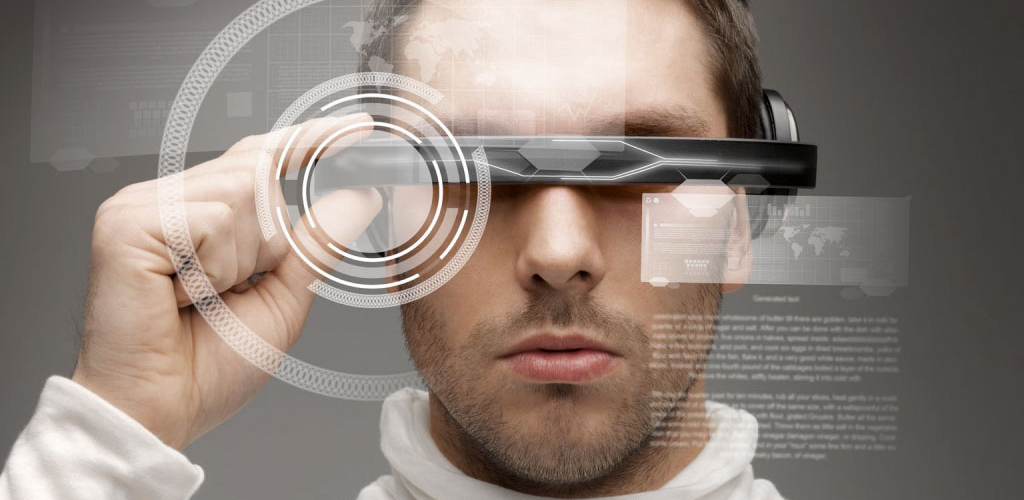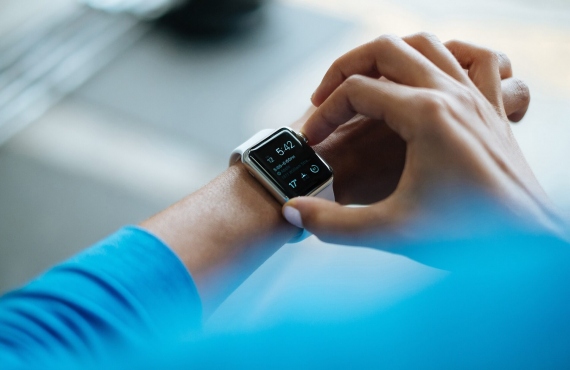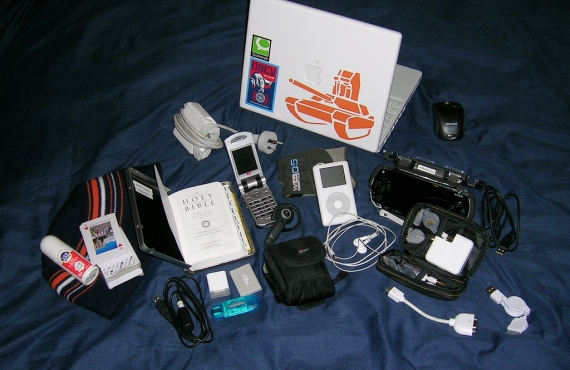Wearable gadgets are taking great leaps forward every year, with their technology becoming more sophisticated, diverse, and even quite affordable. It seems that wearables attract both big corporations and small startups, with innovative ideas as the great driving force behind each new piece of technology. 2016 will see the release of exciting new gadgets, and here are just some of them.
Already proclaimed the next generation of gesture control, Myo’s exciting new armband features motion and muscle sensors which register the electrical activity in muscles, allowing the users to control electronics via Bluetooth. Expected to be available later this year, the company announced the armband will work Windows and Mac OS, and Android and IOS support coming afterwards. Will it revolutionize the ways we control our homes in the future? Time will tell, but it’s looking great.
The Bragi Dash earbud was actually propelled by a Kickstarter campaign, and this music player and fitness tracker won the CES Innovation Award last year. Although they started shipping only two months ago, they were already declared financial success by the company. Acclaimed by users who appreciated their futuristic design, as well as music and fitness features, this wireless earbuds can connect to smartphones to stream music via Bluetooth.

24 Kupi’s newest edition of their Easy Studying smartwatch comes with a pair of polarization glasses. The “invisible watch” features an option which can make the text on its screen invisible unless the user is wearing the provided polarization glasses. This exciting new feature is perfect for users who wish to keep the contents of their smartwatch only for themselves, as sensitive information can be read only by the user. The glasses are diopter-free with somewhat dimmed lenses, and currently there is a single, unisex model available.
Of course, this overview would have been incomplete if we haven’t included the Oculus Rift. Probably the most awaited piece of wearable technology, this virtual reality head- mounted display has tremendous potential. Giving its user a 180-degree field of view and tracking the movements of the head, it’s a major step forward in creating a virtual reality experience. Soon users will be able to venture into computer generated landscapes, and the gaming and entertainment industry will be changed forever.
Microsoft’s response to Google’s Glass is equally impressive. Its HoloLens is what the company calls an “augmented reality headset”. Tracking head and hand gestures, this amazing piece of technology overlays holograms onto your vision. They are blended into the real environment with a depth camera. Although it sounds like something from a science fiction movie, dev kits are expected to be released later this year. The holograms can even be fixated into place: users will be able to walk around them and manipulate them using hands as if they were real. Currently, Microsoft is handing out the HoloLens to developers who will create apps and games for it. Minecraft, anyone?
The frontrunner of Intel’s Make It Wearable competition, Blocks, is determined to make a modular wearable, which will enable users to choose features they need. The basic premise is that the users will purchase the main unit, and then the extra elements, depending on their wishes, such as GPS radio, heart rate monitor, even a contactless payments sensors. The prototype version of the Blocks watch has a round faced screen and several removable links. Recently, the company issued a statement, saying that the exact time when it hits the shelves will be announced in the summer.
It’s clear that the wearable industry featured quite a few amazing technological breakthroughs. Futuristic, versatile and useful, we can’t wait to get our hands on them.













Comments are closed.